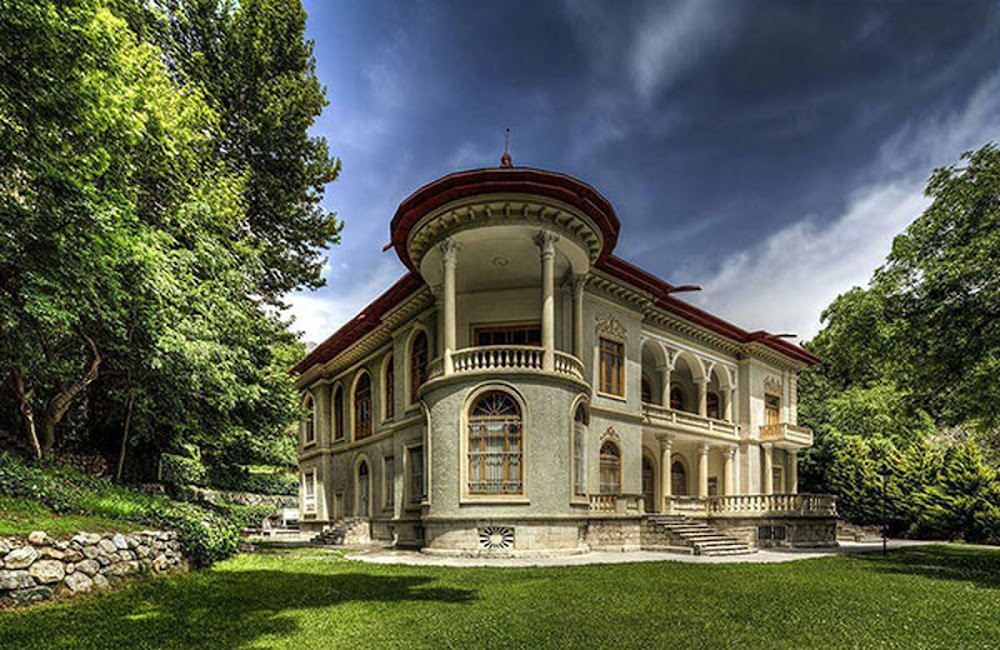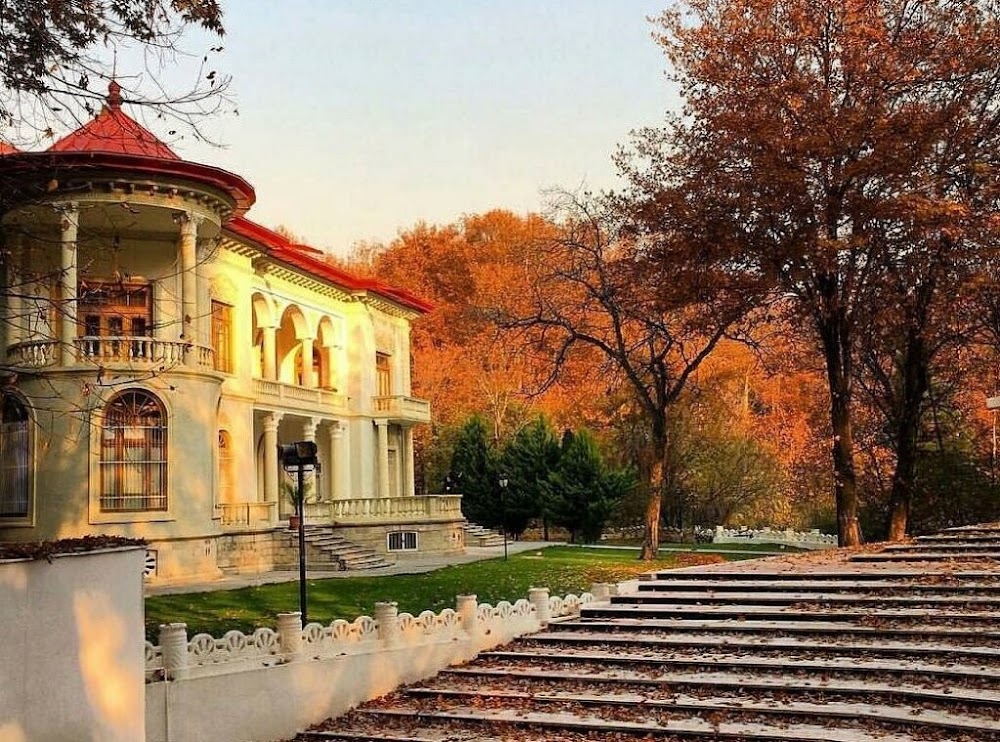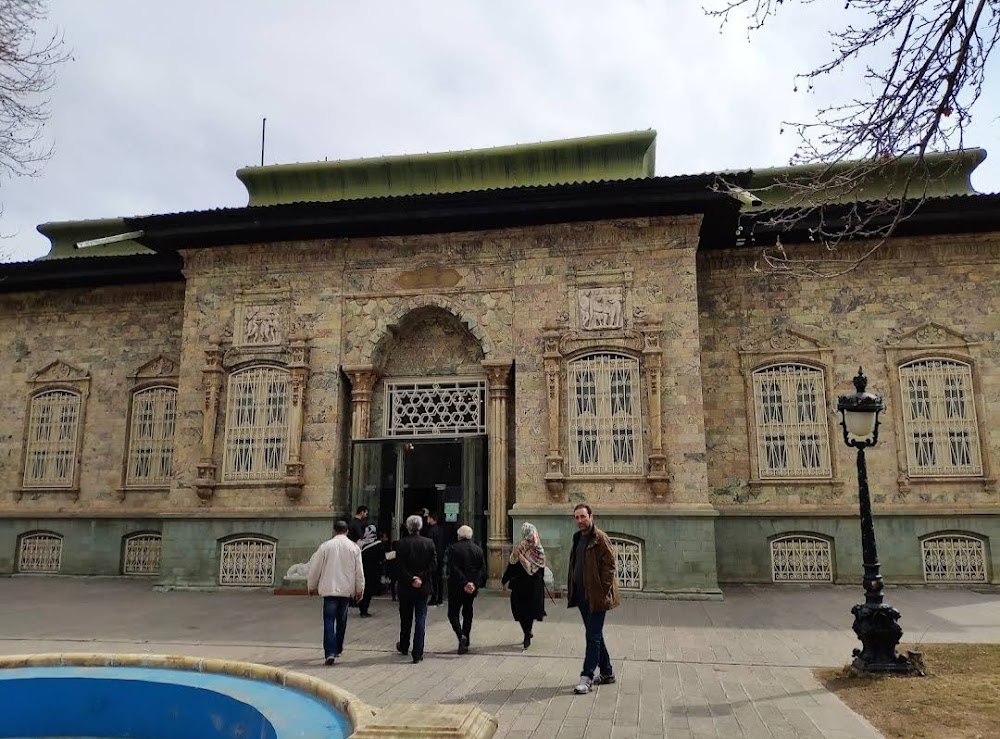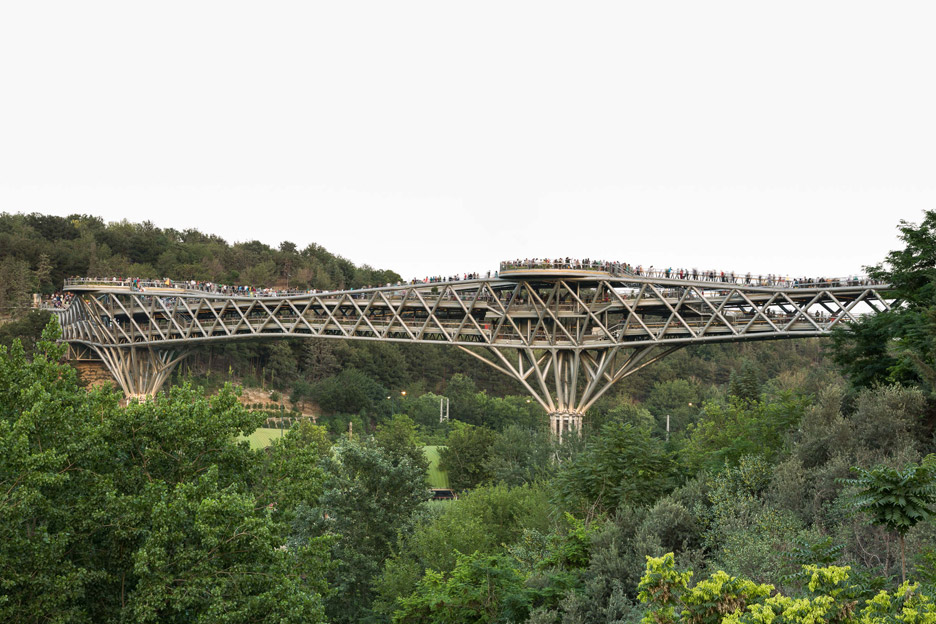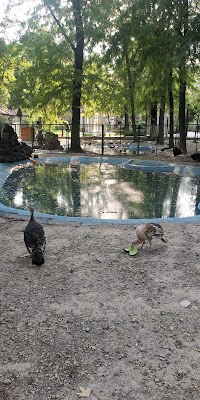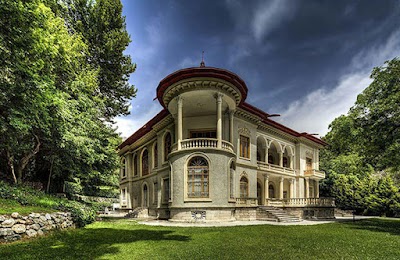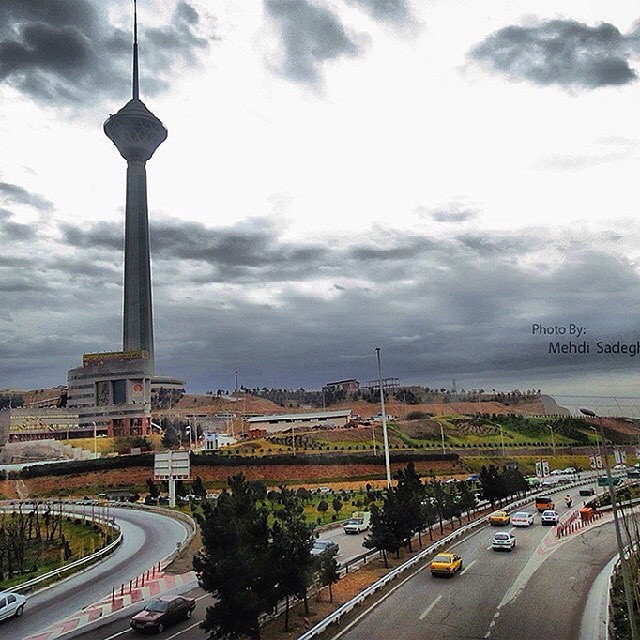Saadabad Palace (کاخ سعدآباد)
Related Places
Overview
The Saadabad Cultural and Historical Complex, commonly referred to as Saadabad Palace, is an awe-inspiring collection of palaces and museums situated in the northern part of Tehran, the vibrant capital city of Iran. Spanning over 110 hectares and beautifully framed by the scenic foothills of the Alborz mountain range, this sprawling complex is nestled within the picturesque Darband area, making it a must-visit destination for history and culture enthusiasts alike.
The rich history of Saadabad dates back to the Qajar Dynasty, when initial construction began. However, it was during the Pahlavi era that the complex underwent significant expansion and transformation. Reza Shah Pahlavi, the founder of the Pahlavi Dynasty, made Saadabad his residence in the 1920s. Under his reign and that of his son, Mohammad Reza Shah Pahlavi, numerous palaces and buildings were added to the compound, each showcasing a captivating blend of traditional Persian architecture and various European styles, highlighting the cultural exchanges of the era.
One of the standout attractions within this magnificent complex is the White Palace, also known as the Marble Palace. Serving as the summer residence for the Pahlavi family, this architectural marvel boasts lavish rooms and halls adorned with exquisite artworks, grand chandeliers, and elegant furnishings that embody the opulence of the monarchial era. Visitors will be captivated by the magnificent marble staircase and the intricate plasterwork, both testaments to the exceptional craftsmanship of Iranian artisans.
Another notable structure is the Green Palace, or Shahvand Palace, which is celebrated for its striking façade made from green stones sourced from a unique quarry in Zanjan. This residence of Reza Shah later transformed into a museum, where guests can admire hand-woven Persian carpets, ornate mirrors, and luxurious wooden furniture, all richly embellished to evoke a royal ambiance.
Beyond the main palaces, the Saadabad Complex is home to approximately 18 other buildings, each brimming with historical and cultural significance. Among these are specialized museums, such as the Museum of Fine Arts, the Museum of Anthropology, and the Museum of Military Equipment. These museums house an impressive array of artifacts, ranging from ancient Persian relics to contemporary art pieces, providing visitors with a diverse and enriching cultural experience.
The grounds of Saadabad are equally captivating, featuring lush gardens, flowing streams, and pathways lined with towering trees. These verdant gardens not only enhance the aesthetic appeal of the complex but also offer a tranquil escape from the bustling life of Tehran. The harmonious integration of natural beauty with architectural brilliance creates a serene yet majestic atmosphere, making Saadabad a perfect getaway.
Over the years, Saadabad has served not only as a royal residence but also as a venue for official state events and ceremonies. Following the Iranian Revolution in 1979, the complex transitioned into a public museum, inviting both locals and international visitors to explore its rich heritage and historical significance.
To ensure the preservation of this cultural gem, renovation and restoration efforts have been paramount. Skilled craftsmen and historians have worked diligently to restore various buildings and artifacts, ensuring that Saadabad continues to shine for generations to come. Guided tours are available, offering visitors in-depth insights into the history and significance of each structure and exhibit within the complex.
In summary, Saadabad Palace stands as a remarkable testament to Iran's royal past and cultural richness. It provides a unique glimpse into the architectural grandeur and opulent lifestyle of the Pahlavi dynasty while showcasing the nation's unwavering dedication to preserving its heritage. Whether you're a history buff, an art lover, or simply seeking a beautiful place to wander, Saadabad offers an unforgettable experience.


